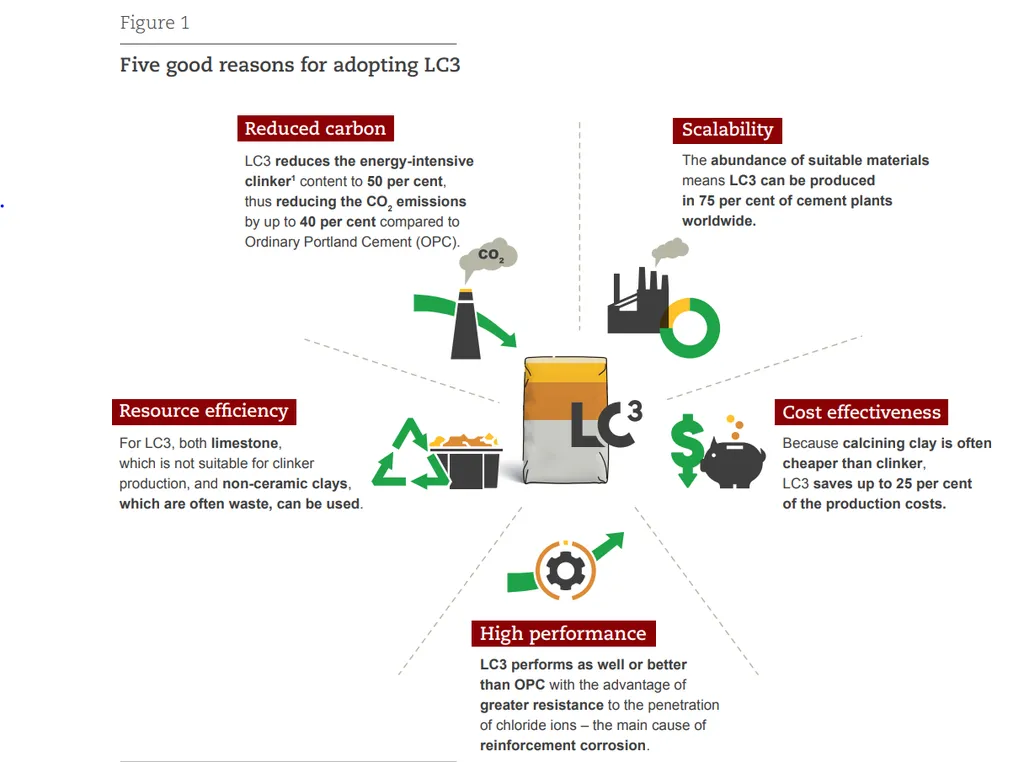In the quest for sustainable construction materials, a groundbreaking study led by Amany Mostafa from the National Research Center has introduced a promising alternative to traditional Portland cement. Published in the journal *Discover Applied Sciences* (translated from Arabic as “Explore Applied Sciences”), the research focuses on Limestone Calcined Clay Cement (LC3), a formulation that could significantly reduce the carbon footprint of the construction industry.
The study addresses a critical issue: the production of traditional cement accounts for a substantial portion of global carbon dioxide emissions. LC3 cement, which incorporates limestone and calcined clay, offers a more sustainable solution by reducing the need for clinker, a primary component of conventional cement. “The potential of LC3 cement to cut greenhouse gas emissions by up to 50% is a game-changer,” says Mostafa. “This innovation aligns with global efforts to promote sustainable building practices and meet climate change targets.”
The research involved synthesizing LC3 cement using various types of clay, including montmorillonite and kaolinite, which were fired at high temperatures and incorporated into the cement mix. The study evaluated the performance of the synthesized LC3 under water curing conditions for up to six months, using analytical methods such as X-ray diffraction, Fourier-transform infrared spectroscopy, compressive strength tests, and scanning electron microscopy.
The results were promising. The LC3 cement demonstrated good durability and achieved impressive strength values. For instance, the montmorillonite calcined clay mix, with 40% replacement, exceeded 55 MPa and 60 MPa in strength at 90 and 180 days, respectively. Similarly, the calcined kaolin mix, with 35% replacement, achieved strengths exceeding 76 MPa and 88 MPa after 90 and 180 days.
The commercial implications for the energy sector are substantial. As the construction industry seeks to reduce its carbon footprint, the adoption of LC3 cement could lead to significant cost savings and environmental benefits. “This research opens up new possibilities for the construction industry,” says Mostafa. “By reducing the reliance on clinker, we can lower production costs and minimize environmental impact, making sustainable construction more accessible and affordable.”
The study’s findings suggest that LC3 cement could play a pivotal role in shaping the future of sustainable construction. As the industry continues to evolve, the adoption of innovative materials like LC3 could become a standard practice, driving the transition towards a more sustainable and environmentally friendly future.
The research, published in *Discover Applied Sciences*, highlights the potential of LC3 cement to revolutionize the construction industry. With its ability to reduce carbon emissions and lower production costs, LC3 cement offers a viable solution for sustainable construction, paving the way for a greener and more efficient future.

